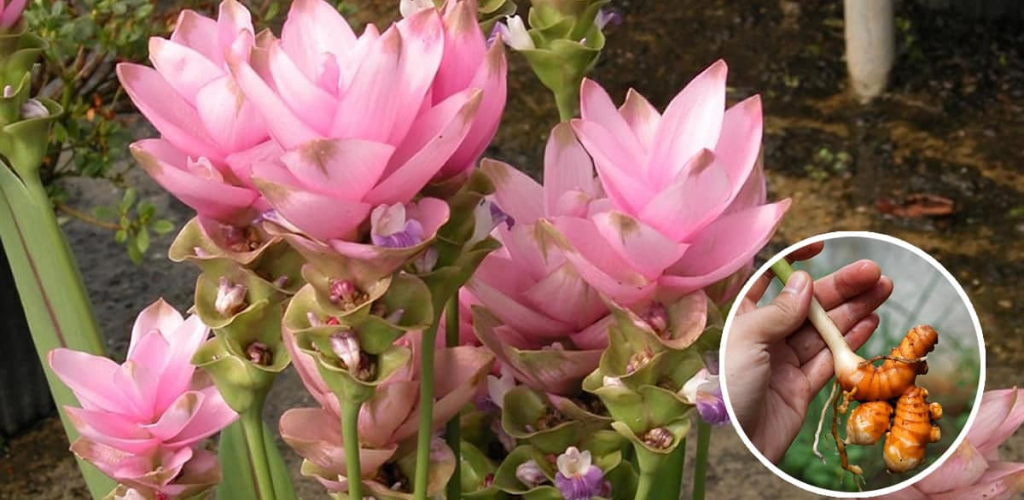How to grow turmeric at home to have an endless supply and make it flourish
Turmeric is a spice with a thousand beneficial properties, used in cooking and in traditional medicine. It is also a very beautiful plant, with colorful and lively flowers. Growing turmeric at home is a rewarding experience, which allows you to have this precious spice available all year round.
Choice of pot and soil
The ideal pot for turmeric must be at least 40 cm deep and wide enough to accommodate root development. The soil must be well drained and rich in organic material. A good substrate consists of peat, sand and good quality garden soil.
Propagation
Turmeric propagates by dividing the rhizomes. Rhizomes are the underground parts of the plant, from which the roots and shoots develop. Rhizomes can be purchased from nurseries or collected from already mature plants.
To propagate turmeric, divide the rhizomes into portions of about 10 cm. Each portion must contain at least two buds. Plant the rhizomes in the soil, about 5 cm deep.
Position
Turmeric loves sun and heat. Place the plant in a bright and sunny place, where temperatures are above 18°C.
Irrigation
Turmeric needs regular, but not excessive, watering. Let the soil dry between waterings.
Fertilization
During the growth period, fertilize the turmeric every 15 days with a liquid fertilizer for flowering plants.
Collection
The harvest of turmeric takes place approximately 9 months after sowing. The rhizomes are ready to be harvested when they are well developed and golden.
To harvest turmeric, remove the rhizomes from the ground and leave them to dry in a dry, ventilated place. Once dry, the rhizomes can be stored in a cool, dry place for several months.
Tips for abundant flowering
To encourage the flowering of turmeric, follow these tips:
- Place the plant in a bright and sunny place, where temperatures are above 18°C.
- Regular watering, but not excessive. Let the soil dry between waterings.
- Fertilization during the growth period, every 15 days with a liquid fertilizer for flowering plants.
- Removal of withered flowers.
If you follow these tips, your turmeric will flower abundantly and give your home a note of color and beauty.
Here are some additional tips for growing turmeric at home:
- If you live in an area with cold winters, it is advisable to protect the plant during the period of vegetative rest. You can move it to a place sheltered from the cold, or cover it with a cloth or non-woven fabric.
- If you wish to use turmeric as a spice, you can harvest the rhizomes while they are still young and tender. The more mature rhizomes are more aromatic, but also harder and more difficult to grate.
- Turmeric flowers are edible and can be used in cooking. They have a delicate and aromatic flavour.
